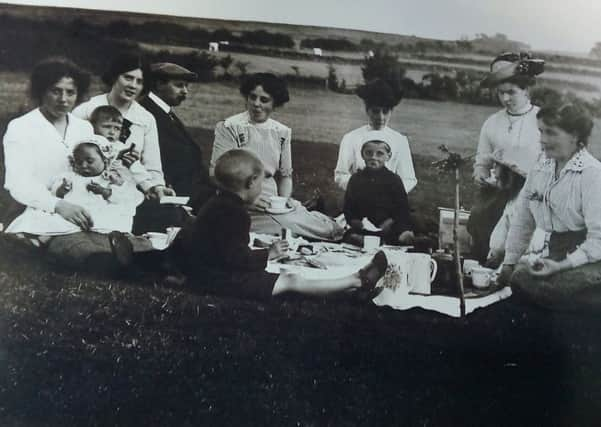Pier through the glass at nostalgic seaside display


It is all about the tourist history of Whitby with its spas, bathing machines and costumes from 1860 to 1960, featuring old photos from the museum archives and cine film of beach activities in the 50s showing on a TV screen.
Whitby became recognised as a spa town by 1720, with springs at the foot of east and west cliffs as well as in Bagdale.
Advertisement
Hide AdAdvertisement
Hide AdIncluded is the story of Trillos ice cream business and the Bothams family in Edwardian times (pictured right). The Trillo brothers Giuseppe, 17 and Gregorio, 14 set sail from Italy for Guisborough where their uncle had an ice cream business.
They quickly learned to read, write and speak English and saved hard to rent premises in Loftus where their business was based, eventually buying it.
All the manufacturing was moved to Whitby around 1925 to renovated premises in Spring Hill. The Trillo business carried on expanding and they won the first award for high quality ice cream at Crystal Palace in 1936. They recently sold a jet black ice cream for Whitby Gothic Weekend.
Whitby’s popularity as a seaside resort was underlined by the importance of visitors who came to the town. Among the distinguished visitors were Sir Winston Churchill, author Daniel Defoe – even Queen Victoria.
Advertisement
Hide AdAdvertisement
Hide AdIn the Victorian era, it was it was fashionable to stay out of the sun. Women believed that the sun would damage their complexion, but this changed by the 1930s when having a tan and playing sport outside became fashionable. Men were advised by doctors to bathe every day for five minutes before breakfast.
Traditional deckchairs, which were commonly used on the beach in Whitby, were patented by John Moore for the decks of trans-Atlantic liners. They were popular for the beach as they were lightweight and would fold up.
Bathing machines were in evidence by the late 19th and early 20th Century, according to Whitby photos.
Many were owned by the Argument family.
The exhibition will run until December.